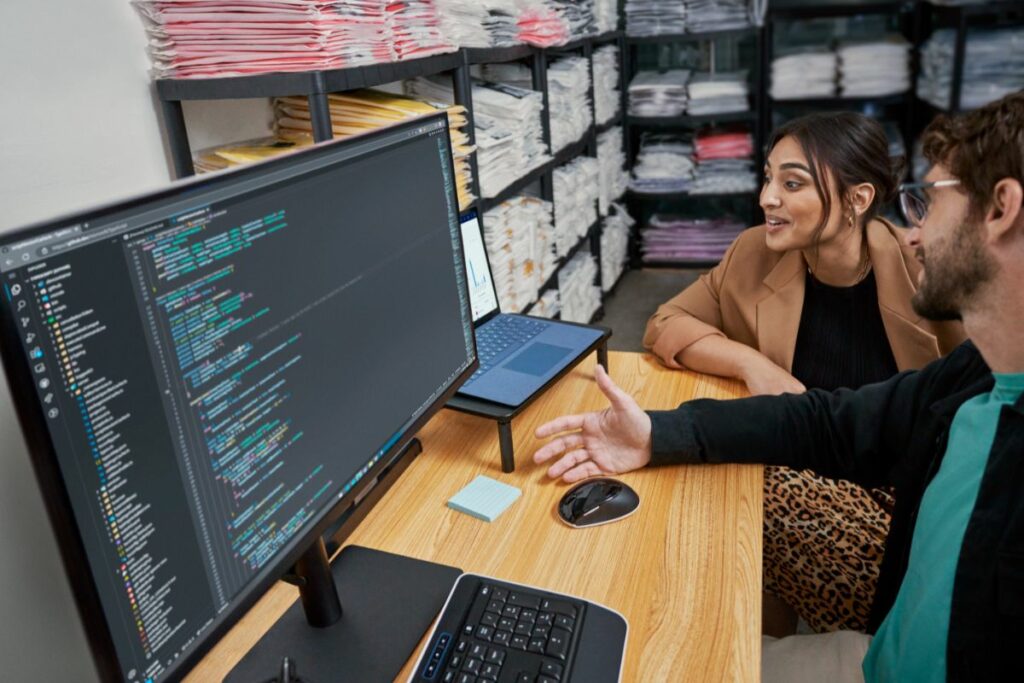With over 420 charity shops across the UK, Sue Ryder’s chain rivals some of the largest high street brands.
“We have invested heavily in our retail chain. Our goal is to move beyond the charity shop stereotype,” says Ralph Larcombe, ePoS System Manager at Sue Ryder. “We want customers to get a modern, enjoyable shopping experience.”
Sue Ryder, the national healthcare charity, has been making notable investments in its retail chain. The company has been expanding the product selection with new items in addition to second-hand, donated ones. They have also begun opening stores in popular areas such as retail parks.
Finally, Sue Ryder modernised its retail sales technology. Being a charity, all these investments were done with clear cost-benefit calculation, and with clear expectations of financial returns.
“As a charity we must use every penny effectively. We are proud that for every £1 donated, 80p goes to support our palliative, neurological and bereavement services,” Larcombe explains.
Last year, Sue Ryder provided over 2.2 million hours of support to people in hospices, neurological care centres and through its online bereavement support services.
Timely digital transformation
Sue Ryder started its retail technology upgrade in 2017. “We couldn’t have picked a better time to modernize our retail IT,” says Larcombe.
“When, in 2020, we had to close our shops because of the lockdowns, we were able to continue selling. We saw a big surge in orders both on our online store, where we sell new items, and on our eBay shop, where we sell a curated selection of donated vintage and second-hand items.”
Having an online channel helped Sue Ryder cover some of its running costs, while also keeping the brand top of mind with its supporters.
“When the stores reopened, that’s when we saw the true benefits of investing in modern retail technology,” says Larcombe.
“Today, a customer can come into our shops and pay with a contactless card, keeping a social distance. We can also make changes, like updating prices in the stores, remotely from our central office – a time saver in normal times, and a life saver during the coronavirus pandemic.”
With consumers less prone to wasting time on repeated shopping trips, it’s important for retailers to have in stock the products that people are looking for. At the same time, retailers –charity retailers in particular– need to minimise the amount of money tied up in stock.
“We decided to move our whole chain to LS Retail software because it’s renowned for its top-notch inventory management. We have benefited greatly from having an inventory system that automatically replenishes the items and categories that are selling best. At the same time, we have been spending less money on items that won’t sell. The system has visibly increased our sales, and ultimately our profits,” says Larcombe.
“We can also see what’s selling in real time, so we can call our staff in a specific store and tell them they should give more space in the shelves to, say, garden accessories or snacks – depending on what’s popular, and likely to sell quicker at a given time.”
Tips and best practices
“This has been one of the biggest retail investments in Sue Ryder’s history,” says Larcombe.
“Although we are still in the early phases, we are already seeing returns. We have been able to reach more consumers online while our shops were shut down. We now spend less money on stock, and buy items that we are more likely to sell. We can see what’s selling in real time, and change prices or make purchasing decisions that increase our profits.”
When asked to give three pieces of advice to other charity retailers, Larcombe has no doubt.
“First, look at the big picture. Don’t pass an IT system just because it looks more expensive on paper. Will it help you manage your business better? Cut costs of stock? Optimize prices? Restock only what will sell? Automate tasks? In the long run, the returns can be enormous.
“Second, keep your users in mind. When your staff are mostly volunteers, you need technology that’s clear and quick to learn. The volunteers in our store range in age from 17 to 80, even 90-year-old retirees. While they are all very engaged and passionate, they don’t all have experience with this kind of technology. We picked a software that is known for being very intuitive. As a result, with less than one-hour training, all our volunteers can use the till.
“Finally, find a trusted technology partner. Like many other charity retailers, we have a very small IT team. We were lucky to find an IT partner, TNP, that engages with us and supports us, helping us get what we need for the budget we have” says Larcombe.
Click here to sign up to Retail Gazette‘s free daily email newsletter


















